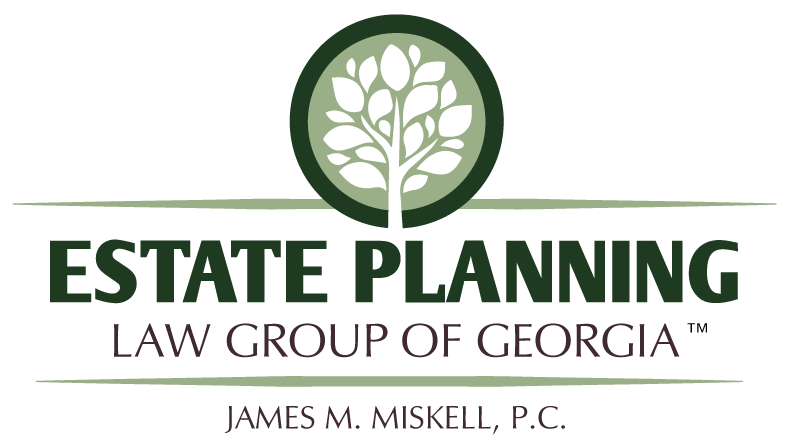Estate planning is a game of timing. Regulations change constantly meaning best practices are in continual flux. Ensuring you and your loved ones are well taken care of means treating your plan as an evolving document. With the passing of recent legislation and the economic fallout of the COVID-19 pandemic, there has rarely been a more important time to review your plan.
On January 1, 2020, Congress passed the Setting Every Community Up for Retirement (or SECURE) Act. The ostensive purpose was to make it easier for employers to offer retirement plans and encourage individual retirement savings. In many respects, it achieves its goal but not without introducing certain new complications.
Of the tax-payer friendly changes made by the SECURE Act, the repeal of the maximum age limit for contributing to a traditional individual retirement account (IRA) is among the most significant. Another notable change is the increase from 70 ½ to 72 of the age after which taxpayers must start taking distributions from their retirement accounts. These changes mean taxpayers gain flexibility concerning when to make contributions to, and withdrawals from, their retirement savings.
What Goes Up Must Come Down
Greater tax flexibility for payers inevitably means lower tax revenue for receivers (i.e. the government). In order to make up the difference, Congress included legislation in the Act which forces beneficiaries to withdraw assets contained in an inherited IRA within 10 years of the original account holder’s passing. Previously, it was possible to extend the timeframe over which distributions could be collected to the length of the beneficiary’s lifetime, leading many to exploit so-called stretch IRA planning to avoid income tax and receive the maximum possible benefit.
While the SECURE Act in effect puts an end to the stretch IRA, certain beneficiaries are exempt from its provisions, including a living spouse, minor child, disabled individual, or chronically ill individual. These groups only account for a small minority of affected folks, however. Luckily, results similar to the stretch strategy can still be achieved using other estate planning vehicles.
Estate Planning Under the SECURE Act – Consider a Standalone Retirement Trust
If in spite of the recently introduced changes, some form of extending distributions to beneficiaries continues to be a priority in your planning, carefully crafted trust planning can achieve your goals while providing asset protection for your beneficiaries. Provisions can be tailored to meet your priorities:
1. Limit withdrawals to maximize tax-deferred compounding growth
Maximize beneficiaries “bang for their buck” by limiting withdrawals to only those required by the IRS. The remaining principal continues to grow tax-deferred.
2. Allow Additional Distributions
Giving discretionary authority to your trustee could permit funds to be distributed to take advantage of educational, business, or investment not otherwise available to the beneficiary.
3. Hold Required Distributions in Trust
In certain situations, the required distribution for the account may exceed what the beneficiary should receive. In those cases, instead of disbursing required distributions to the beneficiary, the trustee holds them in a trust. The provisions of the trust then outline the terms as to when and how assets are received, effectively allowing for distribution only when it’s in the best interest of the beneficiary.
Naturally, limitations and tax considerations exist but they too nuanced to get into here and so it is important to talk to an experienced attorney before settling on a trust or any other strategy presented in this article.
If one of your estate planning goals is to ensure loved ones gain the maximum possible benefit should the unthinkable happen, the introduction of the SECURE Act means the time has come to revise your setup. Indeed, even if the above is of no concern, revisions are due; after all, alongside the major provisions already discussed, the SECURE Act introduces a range of opportunities sure to interest anyone who would one day like to retire—which, of course, is everyone.
For more on this or any other estate planning matter, don’t hesitate to reach out. Naturally, there is no one better than an experienced estate planning attorney to answer all of your questions.
Contact Attorney James M. Miskell


Recent Comments